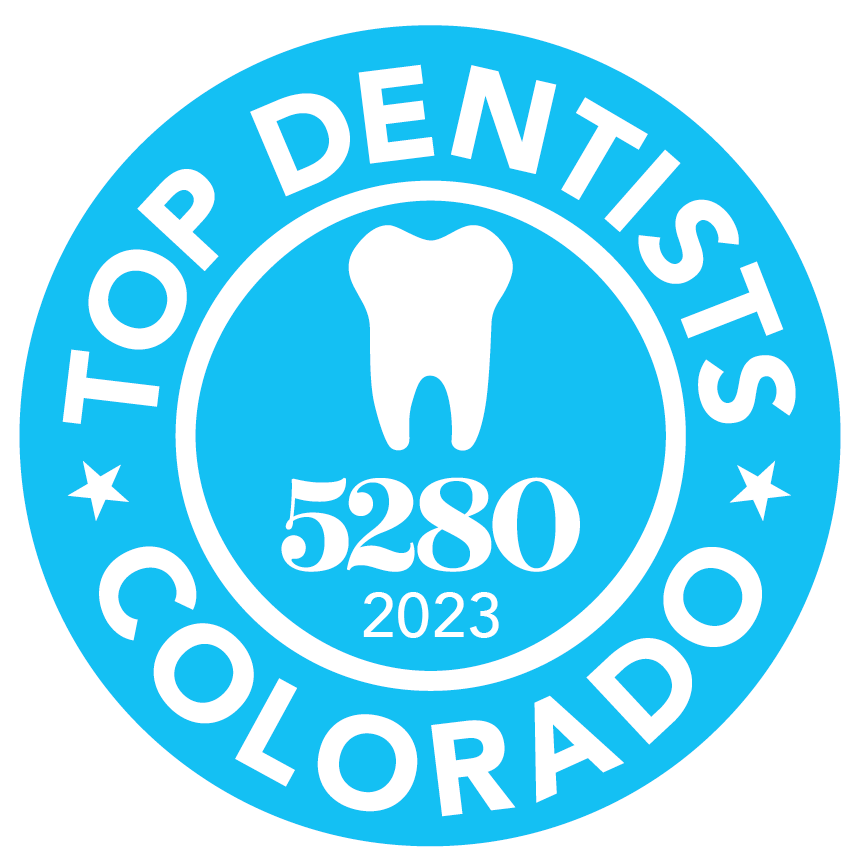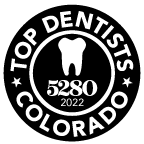Adults over the age of 35 lose more teeth to gum diseases than from cavities. At least three out of four adults are affected at some time in their life. The best way to prevent cavities and periodontal diseases is by daily thorough tooth brushing and flossing techniques and regular professional examinations and cleanings. Unfortunately, even with the most diligent home dental care, people can still develop some form of periodontal disease. Once this disease starts, professional intervention is necessary to prevent its progress.
Other important factors that can negatively affect the health of your gums include: tobacco usage, stress, clenching and grinding teeth, some medications, and poor nutrition.
Oral Hygiene
A healthy and beautiful smile is something that we all want to achieve. Not only will healthy teeth boost your confidence, but they’ll also help you avoid the pain, discomfort, and expense of dental problems. Additionally, healthy teeth and gums can contribute to your overall health. For example, those with healthier teeth can decrease their likelihood of bone loss, tooth loss, heart disease, strokes, and more.
We want to make sure all of our patients are informed of the ways they can properly care for their teeth. Below are a few of the important steps you should be taking in order to keep your mouth healthy and your teeth looking beautiful.
Brushing
One of the most important ways of maintaining your oral health is by brushing your teeth every day. Brush all the surfaces of your teeth with an up-and-down and back-and-forth motioncircular motion and a slight jiggle of the toothbrush. The toothbrush bristles need to be placed at a 45 degree angle towards the gumline, making sure to be gentle. This should be done at least twice a day for 2-3 minutes at a time and with fluoride toothpaste. It is important to use a soft bristled toothbrush as medium and hard bristle brushes can actually cause trauma to the gum tissues leading to recession. An electric toothbrush is also recommended such as a Sonicare or an Oral B. Don’t forget to brush the roof of your mouth and your tongue in order to rid your entire mouth of the germs and bacteria that can cause dental cavities, tooth decay, gum disease, and even bad breath.
Flossing
Many people view flossing as something that can be done only occasionally with no repercussions, however, this is not the case. Flossing is the only way for you to remove the food particles hiding in between the teeth. If you aren’t flossing at least once a day, you’re allowing the food debris and plaque to build up in between the teeth. Any build up of bacteria and plaque between the teeth can lead to tooth decay and gum disease. Please be sure to floss at least once a day.
Start with a piece of floss (waxed is easier) about 18″ long. Lightly wrap most of the floss around the middle finger of one hand. Wrap the rest of the floss around the middle finger of the other hand. To clean the upper teeth, hold the floss tightly between the thumb and forefinger of each hand. Gently insert the floss tightly between the teeth using a back-and-forth motion. Do not force the floss or try to snap it in to place. Bring the floss to the gum line then curve it into a C-shape against one tooth. Slide it into the space between the gum and the tooth until you feel light resistance. Move the floss up and down on the side of one tooth. Remember there are two tooth surfaces that need to be cleaned in each space. Continue to floss each side of all the upper teeth. Be careful not to cut the gum tissue between the teeth. As the floss becomes soiled, turn from one finger to the other to get a fresh section.
To clean between the bottom teeth, guide the floss using the forefinger of both hands. Do not forget the backside of the last tooth on both sides, upper and lower.
When you are done, rinse vigorously with water to remove plaque and food particles. Do not be alarmed if during the first week of flossing your gums bleed or are a little sore. If your gums hurt while flossing you could be doing it too hard or pinching the gum. As you floss daily and remove the plaque your gums will heal and the bleeding should stop.
CHOOSING ORAL HYGIENE PRODUCTS
There are so many products on the market that choosing the right one can be difficult. Here are some suggestions for selecting dental care products that will work for most patients:
- Automatic and “high-tech” electronic toothbrushes are safe and effective for the majority of users. We see excellent results with the electric toothbrushes such as Braun Oral B and Phillips Sonicare brands.
- Oral irrigators (water spraying devices such as Waterpik ) will rinse your mouth thoroughly, and remove loosened plaque and food debris. You need to brush and floss in conjunction with the irrigator.
- Interproximal brushes are great to clean between your teeth, especially if you have spaces between your teeth. If these are used improperly you could injure the gums, so be sure to discuss proper use with Dr. Jenkins.
- Use of fluoride toothpastes and mouth rinses can reduce tooth decay by as much as 40 percent. Remember, these rinses are not recommended for children under six years of age.
- Tartar control toothpastes will reduce tartar above the gum line, but because gum disease starts below the gum line, these products have not been proven to reduce the early stage of gum disease.
- Mouthrinses approved by the American Dental Association such as Listerine, contain agents that may help control signs of early gum disease. Use these in conjunction with brushing and flossing.
PROFESSIONAL CLEANING
Daily brushing and flossing will keep dental calculus to a minimum, but a professional cleaning will remove calculus in places your toothbrush and floss have missed. Visit your periodontist, as he or she is an important part of your program to prevent gum disease.
AVOIDING TOBACCO SMOKING AND TOBACCO PRODUCTS
Not only does tobacco affect the appearance of your teeth by turning them yellow, it can also be incredibly detrimental to your health. Tobacco products such as cigarettes, chewing tobacco, and cigars have been proven to cause periodontal complications and oral cancer. Patients who use these products are also 3-5 times more likely to develop gum disease resulting in tooth loss. Additionally, tobacco products are detrimental to the success and survival of dental implants and impair wound healing after surgery, which increases the risk for developing complications.
VISITING THE DENTIST
Visiting the dentist isn’t just something that should be done when you have a toothache. You should be seeing your regular dentist at least every six months for a routine cleaning and hygiene treatment. These appointments are also an ideal time for your dentist to get X-rays and do a thorough exam, allowing him or her to catch any potential dental problems early on. If you have been treated for gum disease, you will likely placed on an alternating schedule every 3 months between your general dentist and your periodontist.
BEING VIGILANT
Lastly, it’s important that you’re aware of your teeth and dental issues. If you notice you’re bleeding from your gums or any other symptoms of dental problems, be sure to make an appointment with your periodontist as soon as possible. The earlier the problems are found, the simpler and less painful they are to treat.
Here at Littleton Implants & Periodontics, your dental health is important to us. We want to make sure you have the tools you need to properly care for your teeth and gums. If you have any questions or would like to know more about how to prevent painful and costly dental problems, please call our Littleton, Colorado implant and periodontics office today.







